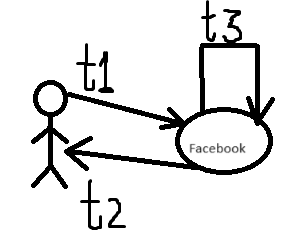Redundancy

Redundancy It is duplication of nodes or components so that when a node or components fails duplicate node is available to service customers. Active Redundancy When each unit is operating/active and responding to the action. Multiple loads are connected to load balancer & each unit receives an equal load. Passive Redundancy When 1 node is active/operational and the other is not responding. During the breakdown of active node , passive node maintains availability by becoming the active node.
















